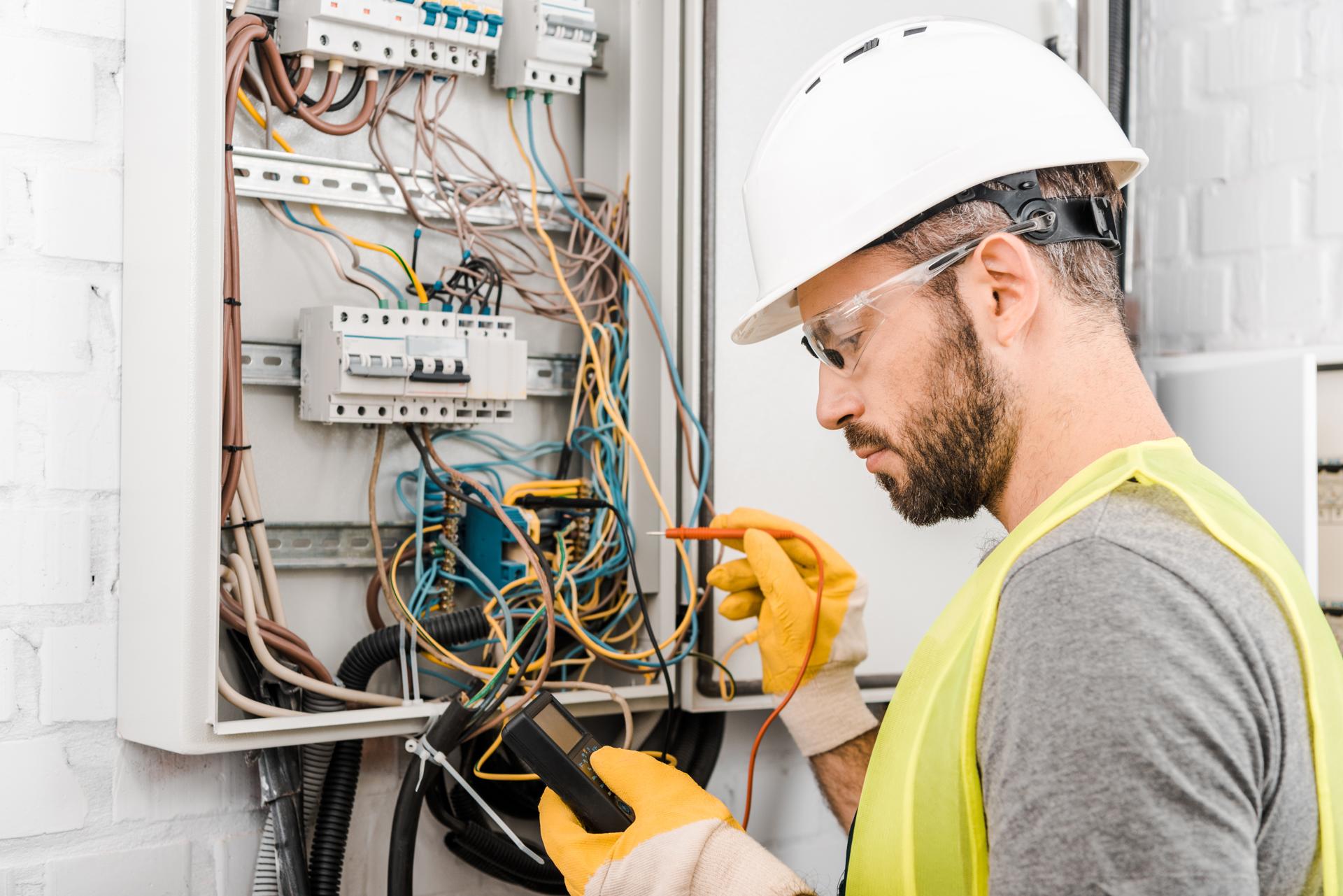A Straightforward Explanation of the Concepts Behind Electrical Wiring in Your Home

Electricity is a vital part of our everyday lives, powering everything from the lights of your homes, to devices we use on a daily basis. However, electrical systems can be complex, and understanding how they function isn’t easy. In this guide we’ll breakdown the various components that make up an electric system, and explain how circuits work to power devices and appliances. Our residential electricians can handle any electrical jobs you need.
The components of an electrical system
A home’s electrical system includes a number of key components that work together to provide power throughout a home. These include:
Breaker box: the central source of electrical power in homes in which the power is divided into different circuits
Switches and outlets: the points at which electricity is supplied to appliances and devices
Wiring: the wires that transport power from the breaker box to the outlets and switches
Electronic appliances and gadgets: appliances and devices that require electricity to function.
Electrical Circuits
The term "electrical circuit" refers to one which allows electricity to flow from the main source (the breakers box) to appliances and devices within a home. There are two kinds of electrical circuits that can be found in the home which are 120-volt circuits and circuits that are 240-volts. 120-volt circuits are utilized for the majority of household appliances and appliances, while 240-volt circuits are used for larger appliances like dryers, air conditioners and electric ones.
Electrical circuits work by completing an electrical loop that allows power to flow from the source into the device or appliance. The loop is comprised of a hot cable that carries the electricity along with a neutral wire that completes the circuit as well as a ground wire , which is the pathway for the electricity to get to the ground in case there is a problem.
Understanding the electrical Wiring
Electrical wiring comes in several different types, including non-metallic sheathed wire (NM), armored cable (AC), and conduit. Each has its advantages and drawbacks, and the choice of the type of wiring is based on the specific needs of the installation.
Wiring conducts electricity by creating a flow of electrons through the wire. The electrons flow from the source to the appliance or device and then back to the source using the neutral wire. It is crucial to make sure that the wiring is installed and maintained correctly, as faulty wiring can lead to electrical hazards such as shocks or fires.
Common Electrical Problems
Common electrical issues in homes include tripping breakers, flickering lights and electrical outlets that are not working. The causes of these issues could be by a myriad of causes such as overloading circuits poor connections, or faulty wiring.
If you’re experiencing one of these problems, it is essential to determine the source and take steps to correct the issue. In certain instances this could mean contacting an accredited electrician to look over and fix the wiring.
Final Conclusion, and Call to Action
Understanding how electrical wiring works is vital to ensure the safety and reliability of your home’s electrical system. By adhering to the guidelines laid out in this article to stay safe and prevent potential hazards.
If you have any questions or concerns regarding the electrical system in your home Don’t hesitate to reach out to Local Electrician Strathfield. Our team of licensed electricians has the expertise and experience to handle all your electrical requirements. Contact us at 1300 610 481 to schedule a consultation.
FAQ
What are the signs of an electrical wiring issue?
Signs of faulty electrical wiring could include tripping breakers flashing lights, and electrical outlets that are not working, for example.
What is the best time to schedule my electrical system at home inspected?
It is recommended to have your home’s electrical system inspected by a licensed electrician at least every 10 years.
What is the expected lifespan for electrical wires?
The life span of electrical wiring is based on a variety of factors, including the kind of wiring used, the setting it’s placed in, and the quality of the installation. In general, electrical wiring can last at least 30-years or longer with correct installation and care.
Can I fix electrical problems myself , or do I need to employ an electrician?
While some electrical problems are fixable by homeowners, it’s advised that you employ a licensed electrician for the majority of electrical repairs. If you attempt to fix electrical issues with no proper training or experience can be dangerous and may cause injury or damage to your home.
What do I do if experience an electrical emergency within my home?
If you encounter an electrical emergency the first step is to cut off the power supply to the affected area by shutting off the breaker or the fuse. Then, contact a licensed electrician to examine and fix the issue as soon as possible.
By following these rules by following these guidelines, you can ensure the security and reliability of your electrical system in your home and reduce potential hazards. Remember, when you need repairs to your electrical system and installations, it’s always best to trust the experts. Contact Local Electrician Strathfield at 1300 610 481 for all your electrical concerns.
